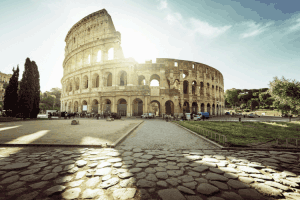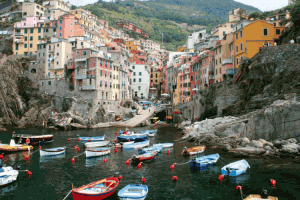As the world comes to a normal post-pandemic state, traveling to tourist hotspots has become the norm. We all saw the impact on tourism when the world came to a halt as the environment, waters, and skies cleared to give us a breath of freshness. Italy depends heavily on tourism, and as it welcomes back tourists, it looks to do this sustainably. An Italian tourist visa is necessary as we plan a relaxing and enjoyable trip to Italy. Let us take you through the sustainable steps that Italy has taken to promote a healthy environment for its tourists and people.
What is sustainable tourism?
Any form of tourism considers the current and future impacts on society, economy, and environment while meeting the needs of its tourists and visitors, host communities, and the industry. The concept was introduced by the United Nations (UN) in 2017, and many countries like Italy have adapted so well to cover all stakeholders’ needs and make it responsible and eco-friendly at the same time.
Impact of tourism on the environment
Tourism can have a positive, negative, weak, or strong influence on the environment. As a tourist, you should look for negative or weak influences to play their part in promoting sustainable tourism.
Positive or strong impacts: It indicates increased economic benefits, awareness of environmental benefits, and a better understanding of cultural differences.
Negative or weak impacts: They result in large carbon footprints, interruptions in the locals’ lifestyle, disturbance of flora and fauna, and strain on natural resources.
In sustainable tourism, the bottom line focuses on bringing benefits to people, the planet, and profit to help the environment grow and reduce the impact of tourism’s physical, social, and economic impacts.
The growing trend in Italy’s tourism
Post-pandemic, the growing trend in the tourism sector has made it absolutely mandatory for Italy to adopt sustainable tourism from both an industry and a customer standpoint. There is a growing interest in sustainability that the industry needs to adapt to meet the increasing demands of tourism going forward.
Substantial steps have been taken to increase the management of waste and water resources and the energy resources used for tourist facilities. At the same time, the officials have also focused on promoting the concept of protecting the country’s environment, cultural heritage, and biodiversity, as these are undisputable assets for a country driven by tourism, such as Italy.
Why has Italy adopted sustainable tourism?
Italy witnesses a surge in tourists and visitors visiting Italy with each passing year. This puts tremendous stress on natural resources and the planet. Promoting sustainable tourism will help Italy strive to meet the future demands of the industry. Let us understand the various parameters of why sustainable tourism is so critical in Italy.
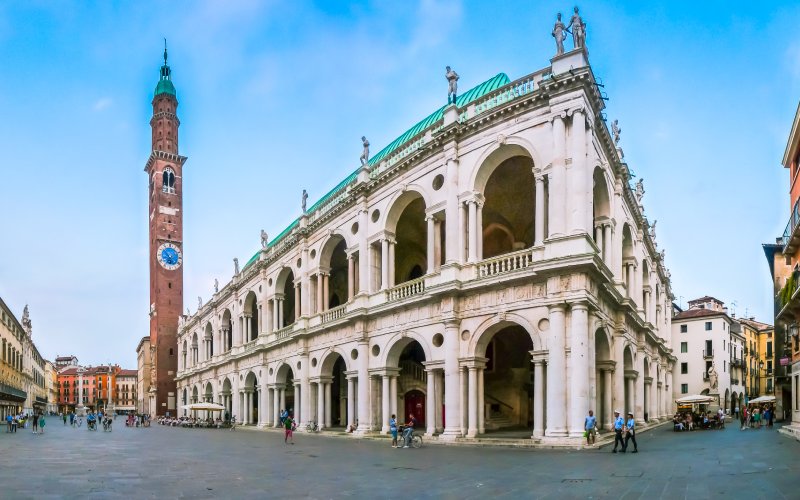
Environment
The environment plays an essential role in promoting tourism. The historical sites in Italy , museums, ancient buildings, forests, beaches, and rivers should be preserved so that future generations can enjoy and explore what Italy has to offer and not be deprived of the amazing beauty of nature.
Economical
Economic sustainability in tourism can be maintained only with a regular flow of money into the system. Any hotel, café, or restaurant run by a foreigner or expat will not bring money into the local economy. By promoting more foreign brands, we are depriving the locals of the financial and economic benefits that should come naturally with a dynamic industry such as tourism.
Socio-cultural
When mass tourism flocks to popular destinations, there is an adverse impact on the social and cultural effects of the local community. Overcrowding and disturbances in the existing local culture do not leave a good impression on iconic destinations. Minimizing the impact on the local community and culture and promoting more positivity helps in accepting local culture, preserving local culture, and promoting cultural exchanges. They benefit locals, the community, and tourists.
How can a tourist contribute to sustainable tourism?
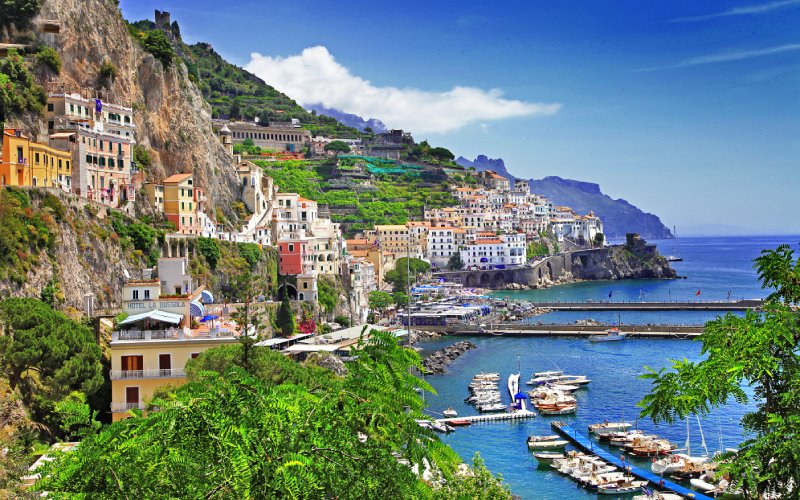
The number of tourists visiting Italy is increasing anually, indirectly impacting the physical use of available resources. Suppose you want to be a responsible tourist while exploring the historical sites of Italy. In that case, you should look to do the following:
- Book flights, tours, accommodations, and experiences that are eco-friendly and promote sustainability.
- Dine in restaurants or cafe’s serving locally sourced products or ingredients that indirectly reduce carbon footprints.
- Do not waste critical resources such as water; use them responsibly as and when required.
- Reduce the carbon footprint by traveling on public transport rather than in a cab or private vehicle.
- Accepting local culture and exploring Italy like a local – eat local, buy local.
- Use a zero-print policy while exploring the best Italy has to offer.
- Purchase local souvenirs and gifts from small shops that benefits the local community.
- Explore Italy in smaller groups rather than mass groups.
- Leave the destination as you got it and reduce the waste of resources
- Maintain the right waste disposal mechanism and minimize waste generation.
If we do not play our part as responsible tourists, our future generations may never get to see the key attractions of Italy .Climate change will affect almost 30% of the species that will go extinct, and the coral reefs will be reduced by almost 90% by 2050.
Green Tourism or Ecotourism by Region in Italy
The fundamental objectives of Italy’s ecotourism are the conservation and satisfaction in the country’s numerous regular settings, which range from the snow-covered Dolomites to the turquoise waters of Sardinia. Italy is home to various public stops and saves, including Gran Paradiso. These places provide eco-friendly lodging options as well as nature-intensive activities like seeing wildlife.
These programs are enhanced by sustainable agritourism choices, such as dining at locally produced restaurants and staying on organic farms. Due to Italy’s dedication to conservation, ecotourism offers engaging experiences with minimal environmental damage, blending in harmoniously with the country’s cultural legacy.
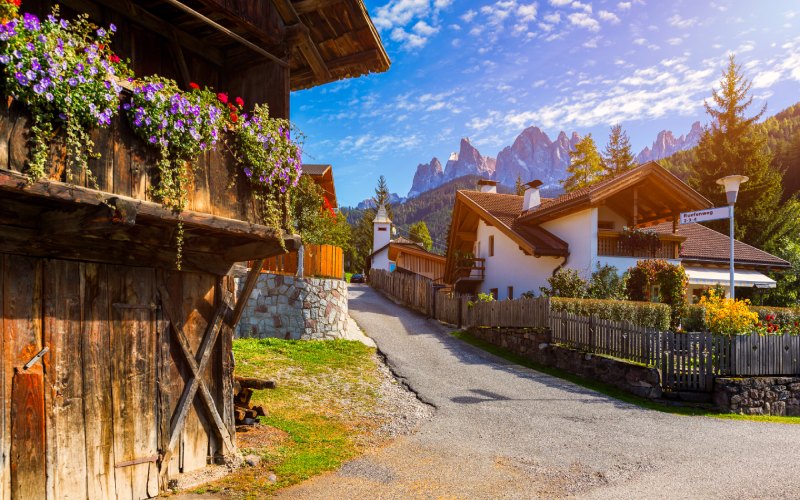
What to See and Explore
- Liguria: Travel by train to minimize environmental effects while admiring spectacular coastal views and centuries-old walkways in the Cinque Terre National Park, a UNESCO World Heritage site.
- Tuscany: Take a visit through the locale’s safeguarded regular districts, for example, the Casentino Backwoods, Monte Falterona, and Campigna Public Park, which give climbing ways, cascades, a wide assortment of plants and creatures, and old cloisters set in the midst of ravishing view.
- Sardinia: Sail eco-accommodating and view dolphins in sea safeguarded regions like the Archipelago of La Maddalena Public Park. Partake in natural exercises in Sardinia’s Gennargentu Public Park, which is home to wild ponies, brilliant falcons, and the subtle mouflon.
- Piedmont: Get out through untainted scenes in the biggest wild locale in Italy, Val Grande Public Park, and experience alone in nature. The ethereal Sacro Monte Regular Save in Piedmont has houses of prayer arranged in a peaceful normal setting.
- Veneto: Take in the stunning excellence of the Dolomites as you investigate the charmed Dolomiti Bellunesi Public Park, a sanctuary for cyclists, explorers, and birdwatchers.
- Campania: Find the verdant Valle delle Ferriere Nature Hold, concealed inside the notable Amalfi Coast and furnishing nature sweethearts with a reviving microclimate and scenes suggestive of the jungles.
- Sicily: The Vendicari Nature Hold offers an optimal setting for birdwatching, climbing, and swimming on perfect sea shores. It is likewise an essential visit for transitory birds.
- Abruzzo: See the greenest region of Europe, with large national parks like Gran Sasso and Monti della Laga providing chances for cycling, hiking, strolling, and wildlife viewing. In the winter, cross-country skiing is also available.
- Umbria: Discover the “Green Heart of Italy” in Umbria, where hikers may enjoy the beautiful vegetation and unique fauna of Monte Subasio Park, which is close to Assisi.
- Emilia-Romagna: Explore the Po Delta Park UNESCO Biosphere Reserve in Emilia-Romagna, which is home to hundreds of bird species and a distinctive terrain that combines water and earth.
- Marche: Take in the stunning vistas of the shore and the nature ways of the Conero Territorial Park in Marche. This region is great for bicycling trips and bird watching because of its rich biodiversity.
- Apulia: Take in the brilliant qualities of the Gargano Public Park in Apulia, which offers superb climbing courses, opportunities for birdwatching, and the opportunity to investigate charming ocean caves along the shore.
- Calabria: Experience horseback riding journeys, wilderness boating, and wonderful perspectives on pristine nature. Explore the largest public park in Italy, Pollino Public Park, which spans the regions of Basilicata and Calabria.
- Alto Adige-Trentino: Enjoy eco-friendly skiing in Trentino-Alto Adige’s Stelvio Public Park, where you can also go hiking and mountaineering and witness amazing animals like the Capricorn and Brilliant Falcon.
- Valle d’Aosta: In the Gran Paradiso Public Park of Valle d’Aosta, known for its High biodiversity and ecotourism exercises in unmistakable pinnacles like Mont Blanc and Monte Rosa, take part in the reasonable mountain travel industry.
Travelers’ Advantages of Sustainable Travel
Traveling sustainably has several benefits for both travelers and travel destinations. The benefits of traveling come directly from genuine experiences and strong connections with local economies by supporting community activities and immersing themselves in the local culture.
Furthermore, choosing eco-friendly lodging and off-the-beaten-path attractions reduces environmental effects and frequently results in financial savings. This strategy supports outdoor recreation, strengthens bonds with local communities, and advances personal renewal.
In general, eco-friendly travel enables tourists to make memorable memories and contribute positively to the environment.
Benefits for Tourists and Visitors
Numerous tangible benefits are associated with the concept of sustainable tourism for travelers. The primary ones include the following:
- Increased physical exercise can lead to less stress.
- Benefiting the local community and culture
- Enhanced cultural exchange programs with other countries
- A closer look into the local culture and environment
- Conserving natural resources and playing your part in eco-tourism
- Preventing disturbances in the local community
- Combining multiple diverse experiences
- Creating a better place to live by reducing the stress on natural resources
- Creating contagious and positive energy
Conclusion
Traveling with zero impact and conservation of the environment, biodiversity, and cultural heritage will play a major role in boosting the concept of sustainable tourism, which is the need of the hour. Explore Italy’s fascinating historical sites, gorgeous beaches, fabulous cuisine, and fabulous attractions by understanding the key aspects that will help you be a responsible tourist and play your part in protecting the environment and keeping the industry growing with sustainable development.
